1. Marfa, Texas
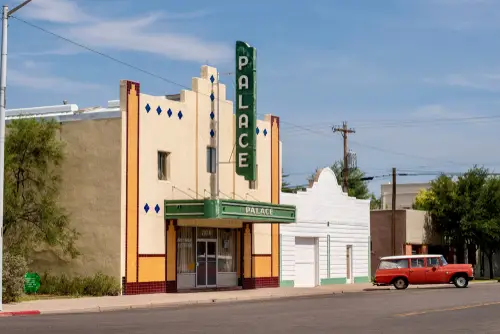
Marfa is what happens when a minimalist art scene collides with a desert ghost town and says, “Let’s get weird.” Once a remote railroad stop, it’s now a magnet for creatives and off-the-grid dreamers, thanks largely to Donald Judd’s art installations. Housing prices here fluctuate more than you’d expect in a place with a population under 2,000 and a two-hour drive to the nearest Walmart. A basic adobe home might go for $500k—if it comes with “artsy potential.”
Despite the high prices, there’s a noticeable lack of basic infrastructure, like a full grocery store. It’s more about vibes than amenities, and yet people still want in. The landscape is cinematic, the community is elusive, and the logic behind real estate values is anybody’s guess. But hey, if you squint hard enough, that $600k fixer-upper could be your desert muse.
2. Hudson, New York

Hudson was once a rough-edged river town with old brick warehouses and a history rooted in whaling and manufacturing. Then artists and antique dealers from Brooklyn started showing up in the 1990s, transforming it into a cultural hotspot. The result? A town where a modest 19th-century row house can cost upwards of $900k.
It’s walkable, full of galleries, and has more vintage furniture shops than gas stations. Locals joke that the price of a home is directly proportional to how often it’s been in Architectural Digest. You’re not just buying a house in Hudson—you’re buying a lifestyle fantasy. And apparently, fantasies come with very flexible price tags.
3. Bisbee, Arizona
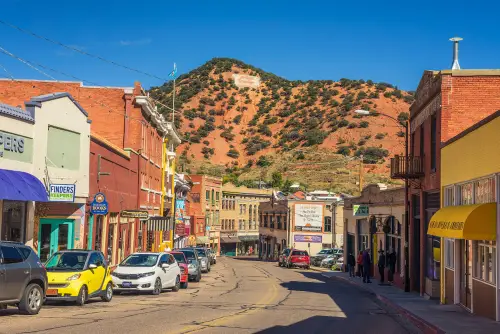
Bisbee looks like the set of a Western that got taken over by Burning Man. Once a booming copper mining town, it now draws artists, musicians, and desert eccentrics. Homes here range from $150k to $750k, often without rhyme or reason beyond how “funky” the place feels. The housing market seems to reward quirkiness over square footage.
Colorful Victorians cling to steep hillsides, and some have more murals than insulation. The town’s slightly haunted, definitely odd vibe means that homes with no HVAC still attract bidding wars. If a place has a clawfoot tub and a tarot nook, expect the price to jump. It’s less real estate and more desert fairy tale.
4. Asheville, North Carolina
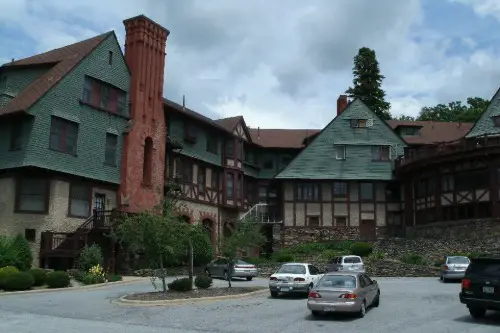
Asheville is one of those mountain towns where everyone’s either brewing kombucha, painting, or hiking. It’s beloved for its arts scene, music venues, and stunning Blue Ridge views. But despite its crunchy, laid-back energy, the housing market here feels anything but chill. Median home prices have ballooned past $500k, and it’s not unusual to see small bungalows priced at luxury levels.
The draw? People love the blend of Appalachian charm and progressive vibes. A porch with mountain views is practically sacred real estate here. Locals blame everything from remote workers to breweries for the price hikes, but really, it’s all vibes and demand.
5. Taos, New Mexico
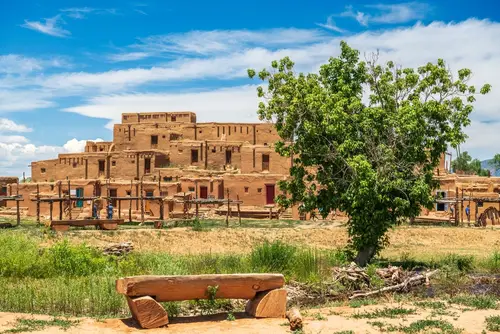
Taos is the kind of place where spiritual seekers, skiers, and cowboys all coexist—sometimes in the same adobe house. Its housing market is unpredictable, with ancient adobe homes sometimes costing less than a modern yurt. The town’s history runs deep, but the real estate math often doesn’t. It’s common to see homes with no paved road access listed for half a million.
People are drawn by the mysticism, the art scene, and the surreal desert light. The housing stock includes centuries-old haciendas, quirky earthships, and barely-habitable casitas. It’s not always about how livable a home is—it’s about how it feels. And Taos has that in spades, for better or for budget-breaking worse.
6. Eureka Springs, Arkansas

With its winding streets, historic Victorian homes, and deep Ozark magic, Eureka Springs lives up to its whimsical name. The town is so quirky that its entire downtown is on the National Register of Historic Places. Real estate listings here often emphasize things like “a fairy tale feel” or “hidden garden potential.” Prices vary wildly—from $180k to nearly $1 million—for homes within a few blocks of each other.
There’s no uniform logic to what sells or why. Some homes need full renovation but still attract competitive offers because of “character.” Buyers seem to pay for ambiance as much as structure. In Eureka Springs, you’re not just buying a house—you’re buying into the lore.
7. Port Townsend, Washington
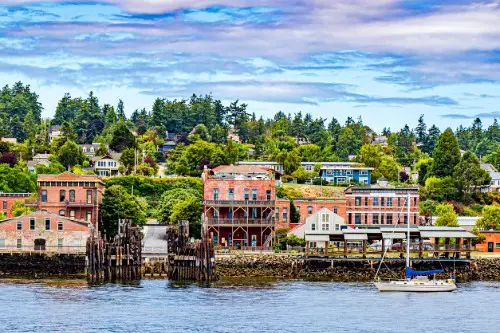
Port Townsend feels like a Pacific Northwest time capsule wrapped in fog. It has Victorian architecture, a maritime heritage, and the kind of local pride that inspires entire festivals about wooden boats. Real estate here swings between modest and mind-blowing, even though it’s a fairly remote spot on the Olympic Peninsula. A view of the water can easily add six figures to an otherwise average home.
People fall in love with the storybook vibe and end up making impulse buys. There’s a strong sense of “last frontier” romance here, despite the rising costs. The town has more art galleries than grocery stores per capita. And if your house creaks and has ghosts, that’s considered a plus.
8. Truth or Consequences, New Mexico
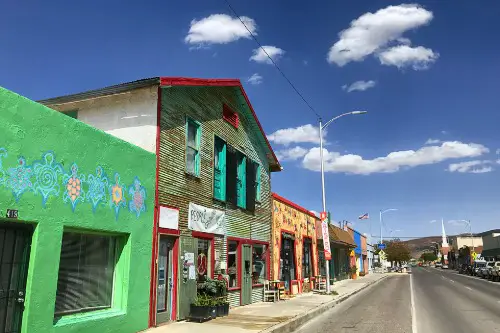
Yes, that’s really the town’s name—and the housing market is just as bizarre. Originally named Hot Springs, it rebranded in 1950 for a game show, and never looked back. Home prices here range from dirt cheap to “wait, really?” depending on which geothermal hot spring it’s near. There are plenty of $100k homes, but also mysterious $600k ones with no clear upgrades.
People come here for wellness, weirdness, and cheap land—if they can find it. Some properties boast private mineral baths or alien-adjacent decor. Realtors lean into the town’s offbeat charm as a selling point. It’s not exactly logical, but it is T or C.
9. Joseph, Oregon
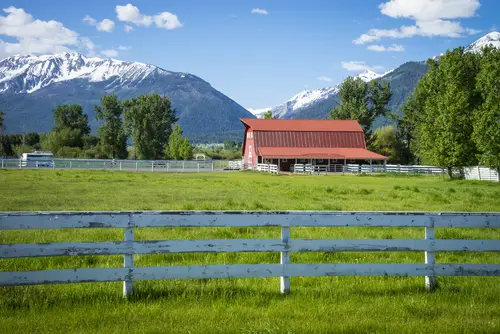
Joseph is a picture-perfect little town at the foot of the Wallowa Mountains. With a population under 1,200, it has more bronze sculptures than stoplights. Despite being remote, housing prices can be surprisingly steep for such a small place, often rivaling Portland’s outer suburbs. A big reason? Views and vibes.
People are paying for scenery, solitude, and Instagrammable charm. You might find a three-bedroom log cabin listed at $700k—then a similar one down the road for half that. It’s hard to find a “normal” comp because everyone’s selling a dream. And in Joseph, that dream includes elk sightings and mountain majesty.
10. Jerome, Arizona
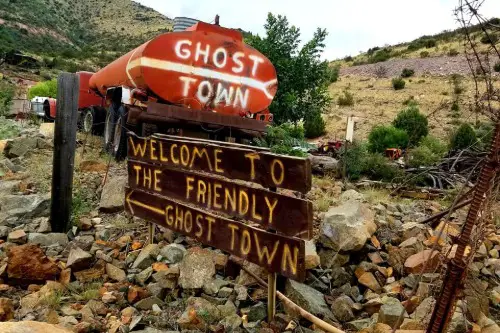
Once a mining boomtown, Jerome now leans hard into its reputation as a haunted hillside village turned art colony. With streets barely wide enough for a Prius and houses clinging to cliffs, it’s a geography-defying place. Home values vary from shockingly affordable to curiously pricey, especially when haunted legends are part of the pitch. A dilapidated miner’s shack might list for $400k because it “has good ghost energy.”
Art galleries and oddities line the winding roads, and the town draws in spiritual seekers and steampunk tourists alike. It’s small—like 450-people small—but there’s rarely a shortage of interest in real estate. Realtors often market properties with poetic license more than square footage. And if your place leans a little? That’s not structural damage—it’s “historic slant.”
11. Sandpoint, Idaho
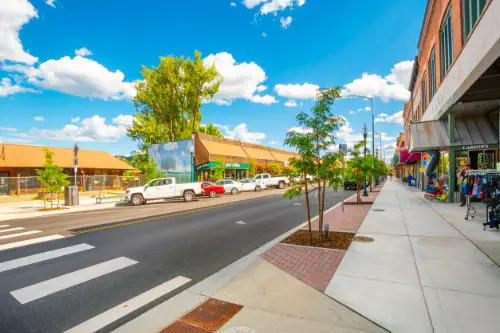
Tucked beside Lake Pend Oreille, Sandpoint is a hidden gem that refuses to stay hidden. Once a sleepy logging town, it’s now a ski-and-summer paradise with some suspiciously high real estate prices for a town of 9,000. Homes jump in price based on mountain views, lake access, or whether they “feel right.” A three-bedroom can run from $350k to over a million, depending mostly on vibes.
Locals blame Californians, tech money, and second-home buyers for the price whiplash. It’s the kind of place where people come for a weekend and end up making offers. The lake is crystal clear, the ski slopes are 20 minutes away, and the town gives off major Hallmark movie energy. Whether or not the house has central heat? That’s apparently secondary.
12. Floyd, Virginia
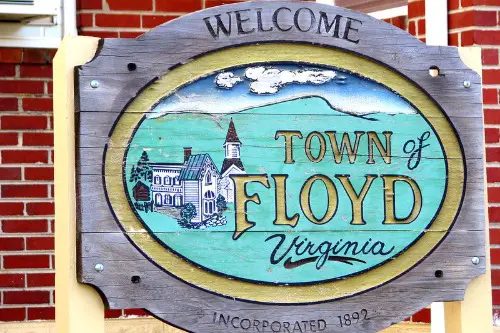
Floyd is a one-stoplight town with a bluegrass soul and a surprisingly hip downtown. Located off the Blue Ridge Parkway, it’s the kind of place where a $250k farmhouse might go for double that if it has “retreat” potential. Artists, musicians, and remote workers have turned it into a hotspot without changing much about its look. The prices don’t always reflect the house—they reflect the feeling of being in Floyd.
There’s a Friday night jamboree that spills out onto the sidewalks and a general store that doubles as a music venue. People come for community and end up staying for the slower pace of life. Buyers often prioritize acreage for gardening, goats, or tiny houses. In Floyd, real estate is more lifestyle manifesto than market logic.
13. Yellow Springs, Ohio
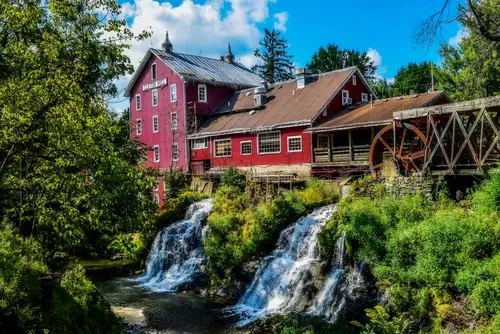
Yellow Springs is like a Midwest fever dream filtered through a tie-dye lens. Home to Antioch College and a fiercely independent population, it blends college-town quirk with small-town charm. Despite being in Ohio farmland, homes here can easily run over $400k for what might be a modest 3-bedroom bungalow. It’s not about luxury—it’s about living somewhere that feels different.
People pay for the progressive politics, the walkability, and the palpable sense of “weird but in a good way.” There’s a thriving local food scene, weekend drum circles, and a general resistance to anything corporate. Locals joke that homes are priced based on how many wind chimes you can hear from the porch. And honestly? They’re not wrong.
14. Galena, Illinois
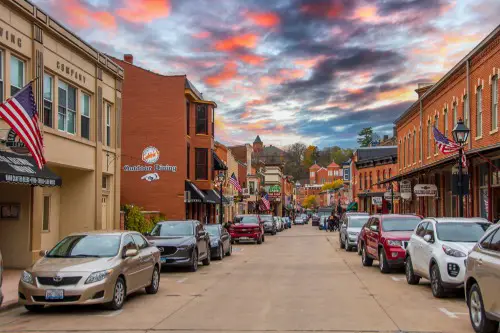
Galena looks like it was plucked out of a Hallmark movie, all brick facades and rolling hills. Once the home of Ulysses S. Grant, it now thrives on weekend tourism and historic preservation. The housing market here makes no obvious sense—$200k can buy you a restored 1800s cottage, or it might barely get you a condo near downtown. Prices hinge on “charm density,” not square footage.
Some homes are meticulously restored; others lean toward spooky attic energy. But even the weird ones tend to sell fast if they have the right street name. Locals and second-home buyers alike are drawn to the storybook setting. In Galena, the housing math is more Civil War reenactment than calculator.
15. Saugatuck, Michigan
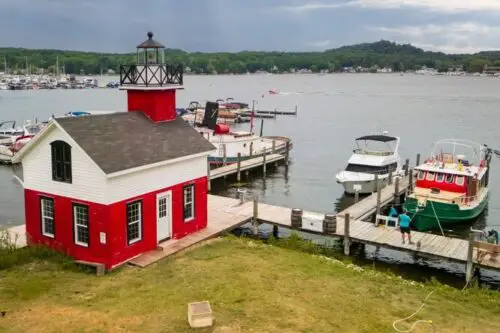
Saugatuck is known as “the art coast of Michigan,” and its real estate prices reflect both that reputation and the seasonal FOMO. Nestled on Lake Michigan, this small town goes from quiet in winter to packed in summer, with home values ping-ponging accordingly. A lakeside cottage can go for over a million, while something just two streets back might be half that. It’s vibes over comps all day here.
People are drawn to the mix of beachy calm and gallery sophistication. LGBTQ+ friendly and full of wine bars, it attracts a devoted crowd who want both nature and culture. Summer brings art festivals, boat rides, and a housing scramble that makes little economic sense. But it feels like a place worth paying too much for—and so, people do.
16. Crested Butte, Colorado
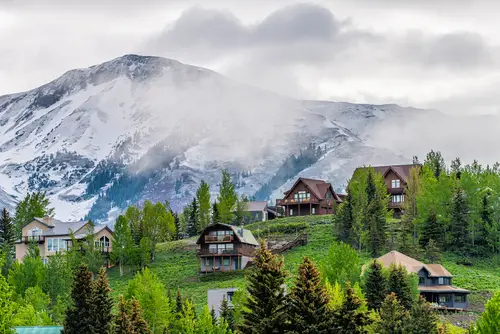
Crested Butte is the “last great Colorado ski town” that somehow hasn’t been totally devoured by Aspen-style gloss. It’s funky, colorful, and filled with houses that range from creaky miners’ cabins to luxe ski chalets. But even a 1,200-square-foot home here can go for over a million—and sometimes the only explanation is “because it’s Crested Butte.” The market defies traditional value assessments.
You’re buying into a lifestyle where skiing and mountain biking are treated like religion. People shell out serious cash for walkability to the slopes or proximity to the main drag’s rainbow-hued storefronts. Every house seems to have a name, a backstory, and a hot tub. If it feels like a Colorado dream, it’ll probably cost you one.
This post 16 Tiny Towns Where the Housing Market Feels Like It’s Based on Vibes Alone was first published on American Charm.


